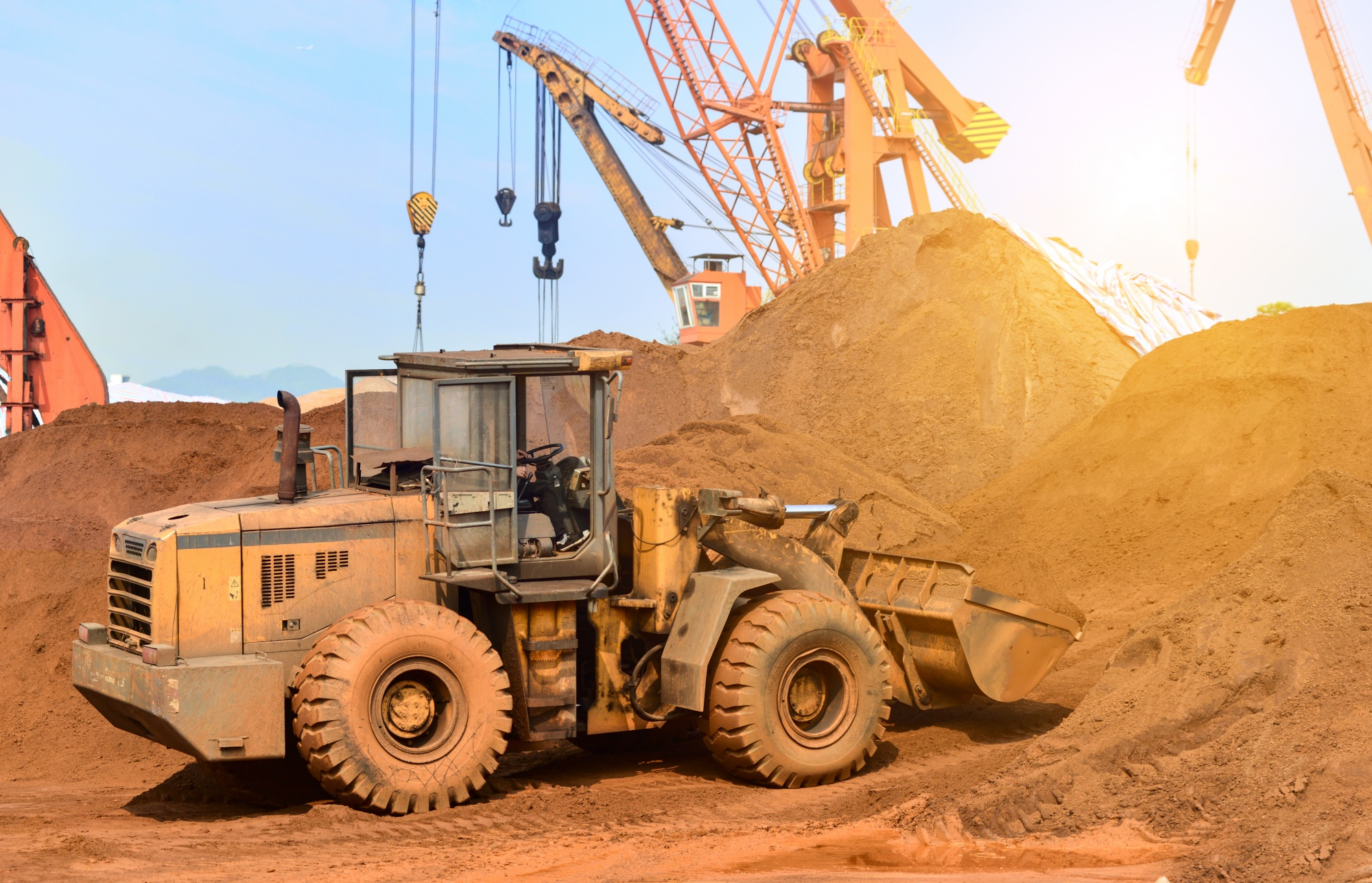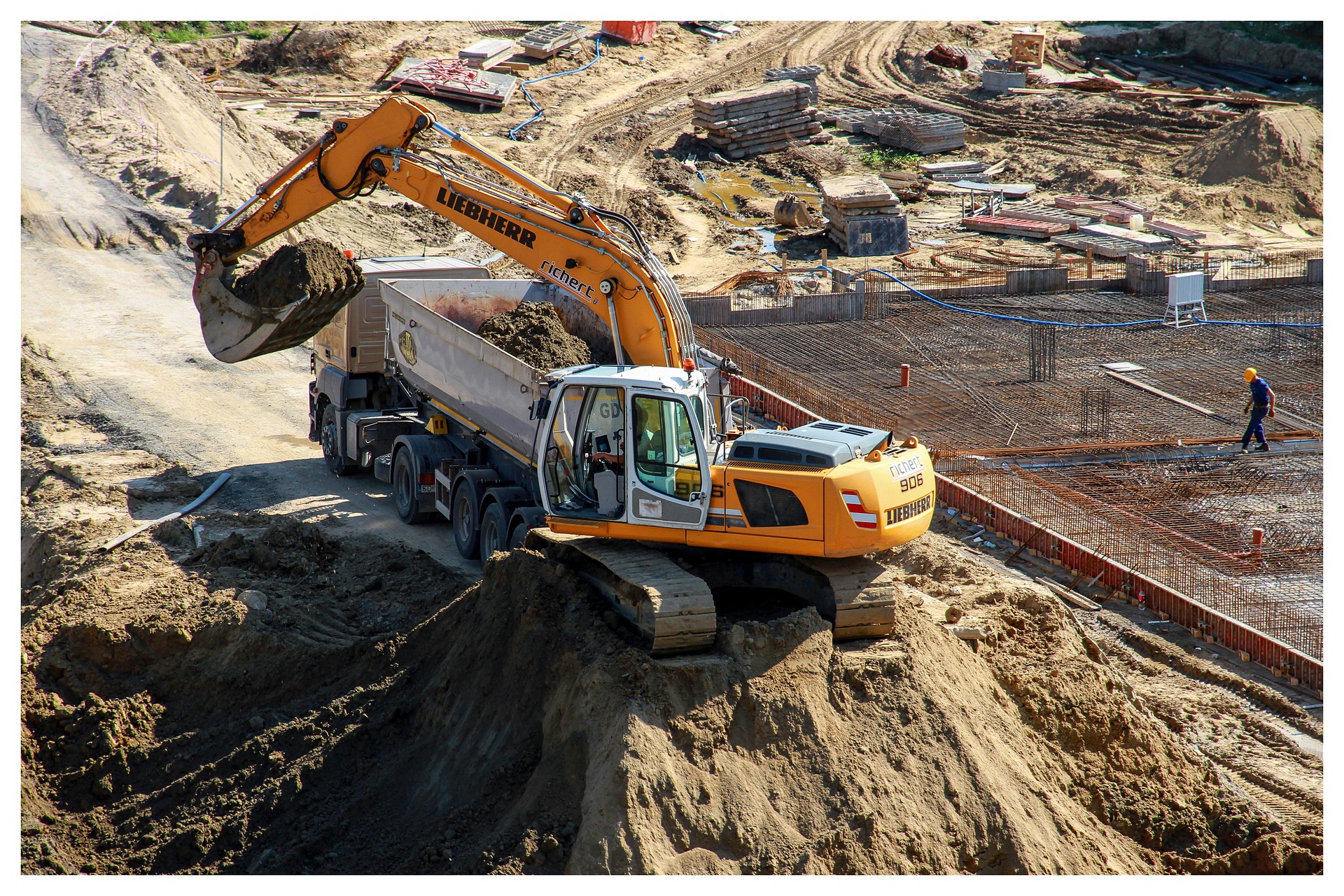Selecting the right heavy-duty excavation tools is a crucial decision that directly impacts efficiency, safety, and cost-effectiveness on a construction site. With the vast range of options available, making the right choice requires careful consideration of multiple factors, including the type of project, soil conditions, and operational demands. Investing in the correct equipment not only enhances productivity but also extends the lifespan of the machinery and minimizes downtime.
Assessing Machine Specifications
The technical aspects of excavation tools significantly impact performance. Factors such as engine power, hydraulic efficiency, bucket capacity, and operating weight should align with the project’s workload. Excavators with higher horsepower and torque perform better in demanding conditions, while fuel efficiency remains a crucial aspect for managing long-term operational costs. The weight of the machine influences stability, especially on uneven terrain, where a balanced structure enhances control and safety. Considering these specifications helps in making an informed purchase or rental decision that optimizes both functionality and budget.
Understanding Project Requirements
Every excavation project has unique demands, and selecting the appropriate tools starts with evaluating the scope of work. The nature of the soil, the depth of excavation, and the environmental conditions all play a role in determining the best equipment for the job. Compact urban sites may require smaller, more maneuverable machines, while large-scale operations demand powerful, high-capacity excavators.
Factoring in the frequency and duration of use can also guide the decision, as some projects require continuous heavy-duty work, necessitating machines built for longevity and durability. Considering these considerations, selecting an efficient model such as the CASE CX210 digger ensures a balance between power and precision, making it a strong candidate for demanding excavation tasks. Its advanced technology and fuel efficiency also help reduce operating costs, making it a cost-effective option for both short-term and long-term projects.

The Role of Durability and Maintenance
Construction environments expose excavation tools to extreme stress, making durability a key factor in the selection process. Machines built with reinforced steel frames and wear-resistant components tend to last longer, even under rigorous conditions. Regular maintenance plays an equally significant role, as well-maintained equipment reduces unexpected breakdowns and costly repairs. Choosing a model with easy access to service points and readily available spare parts ensures seamless upkeep, keeping operations running smoothly without unnecessary interruptions.
Evaluating Operator Comfort and Safety
An operator’s efficiency directly correlates with the design and comfort of the machine. Excavators equipped with ergonomic seats, intuitive controls, and advanced monitoring systems help reduce fatigue and improve accuracy during operation. Visibility from the cabin is another factor that enhances safety, allowing operators to navigate the site with precision. Safety features such as automated braking, overload warnings, and reinforced cabins contribute to accident prevention and regulatory compliance, creating a secure work environment for all personnel on-site.
Considering Versatility and Attachments
Excavation projects often require more than just digging, making versatility a valuable asset in heavy-duty equipment. Many modern excavators support multiple attachments, such as hydraulic hammers, augers, and grapples, allowing a single machine to perform various tasks. This adaptability enhances productivity and reduces the need for additional equipment, leading to cost savings in both purchase and maintenance. Selecting a machine with a robust attachment system ensures seamless transitions between tasks, maximizing operational efficiency.
The ability to switch between attachments quickly minimizes downtime, keeping projects on schedule. Operators should also consider compatibility with future attachments to ensure long-term usability. Investing in a versatile excavator can increase a company’s ability to take on diverse projects, improving overall profitability. By choosing the right equipment with the necessary attachments, businesses can enhance performance, reduce operational bottlenecks, and achieve greater flexibility on the job site.
Evaluating Site-Specific Challenges
Job site conditions dictate the suitability of excavation equipment. Factors such as terrain type, weather conditions, and accessibility influence the choice of machinery. In regions with rocky terrain or high moisture levels, machines with reinforced undercarriages and specialized tracks offer better stability and durability. For confined spaces, compact models with advanced maneuverability provide an advantage. Understanding these site-specific challenges allows for selecting excavation tools that enhance productivity while minimizing operational setbacks. By carefully assessing these factors, operators can ensure they select the most appropriate equipment, leading to smoother operations and a safer work environment.
Selecting the right excavation tools requires a thorough understanding of project requirements, machine specifications, and long-term operational costs. Equipment that balances power, durability, and fuel efficiency enhances productivity while reducing downtime and expenses. Considering aspects such as operator comfort, safety features, and attachment versatility further refines the decision-making process. Investing in quality equipment tailored to site-specific challenges ensures sustainable success in construction operations.


